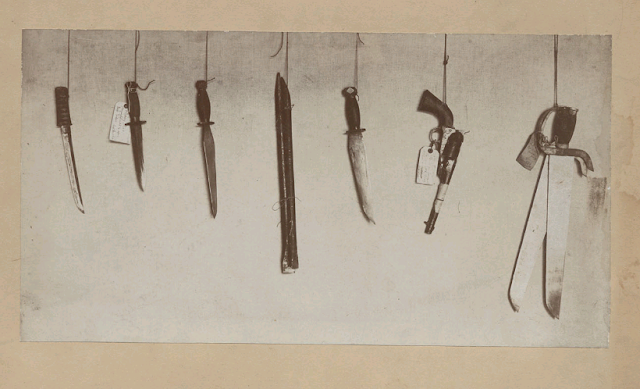When it comes to the field of flashlights we have, perhaps, a little too much choice.
Firstly, we have the tactical lights designed to mount on firearms. Since they must endure the pounding of recoil, these have to be good quality, and have a price tag to match. Very nice if you are being equipped from someone else’s budget.
Next, you have the class of flashlight that was once typified by the Mag-lites. Robust, and waterproof to conditions under which the user has long ceased to function.
The above use conventional batteries, and have the limitations inherent with these as a power source. There are a number of survival torches that use “exotic” batteries intended for a very long shelf life and/or long use. The problem with these is finding replacement batteries when these eventually run out. Typically they are not the sort stocked by a village store or gas station. This is not to say that some such flashlights do not have a place. A little Photon light should be part of your “every day carry” (EDC). Carry it on your keys or with your dogtags I even have one as the zip-pull of my lock pick kit.
“Batteryless” flashlights have become more widely available in recent years. Some use solar panels, some use a variant of a hand-powered system and some a combination of methods. Sadly, the majority of these do not have the durability or water-resistance of more conventional survival flashlights. On the other hand, some can be obtained at very low prices, and if their limitations are understood and accepted can prove very useful. I have one hanging up in the cupboard under the stairs, where it often proves useful. More capable models are beginning to appear on the market, some claiming to be water-resistant. Some models include radio receivers and/or the ability to charge phones and other devices.
The final class I will look at are that of rechargeable flashlights. Up until recently rechargeable flashlights needed a special charging cradle or you had tounload the batteries into a charger. Now we are seeing rechargeable flashlights that charge by USB in much the same way as a mobile phone.
While I was writing about EDC it became apparent that my personal kit could use a little more capability in the field of illumination. I decided to treat myself to a USB-rechargeable Nitecore Thumb.
This is quite an impressive little device. It is a little bit bigger than a USB-drive and thus small enough to add to my EDC without any noticeable penalty. It comes with a large strong clip that can be unscrewed and removed if the user desires. The clip is quite tenacious and is ideal for securing it to the top of my right cargo pocket, where it can easily be accessed. It would have been nice if an option to reverse this clip had been included. I would prefer to carry my Thumb with the bulbs inside the pocket.
The primary light source is a pair of white LEDs. Usefully, these are mounted on a swivel head. In needed the flashlight could be clipped to a headband or shirt pocket and the beam directed forwards.
The body of the flashlight has two buttons. There is a lockout mode should you find yourself accidentally activating the flashlight. The button nearest the white LEDs activates the main beam. Pressing the button once triggers the high power setting, which is claimed as 85 lumens. Repeated presses cycles through high, mid, ultralow, flashing (high) and standby. Waiting for three seconds or more and pressing the button will deactivate the beam without having to go through the cycle. The orientation of the flashlight can easily be determined by touching either the ends or the clip.
A second button is mounted towards the other end of the flashlight. This activates a red LED light positioned between the two buttons. Hitting the button twice in rapid succession causes this light to flash. If walking a dark country road at night hanging a red light on the back of your rucsack can be prudent.
The red LED panel also serves as a charging indicator. When the flashlight has fully charged a green LED shows. The USB port is a “micro” I think, so you should be sure you have compatible lead. Being behind the curve most of mine are minis, but luckily I have at least one micro, due to my pack-rat tendencies. When not being used the port is covered and plugged by a rubber fixing.
Two sizes of split-ring were included, the larger of which seems to be quite substantial. The packaging claims a twelve month warranty.
The Thumb is made in China, which may automatically turn some of you against it. It is not the sort of flashlight that will survive a nuclear blast at the bottom of the Marianas trench! For what it is, and the role I want it for, it seems to be good quality, and some intelligent thought has obviously been put into the design. Shop around, since price varies considerably. I found mine for nearly half what most other outlets were asking.
I had occasion to use it the other night when looking for something dropped in a gutter. It was certainly bright enough for the purpose! And I can charge it for free when at my computer at work!

















